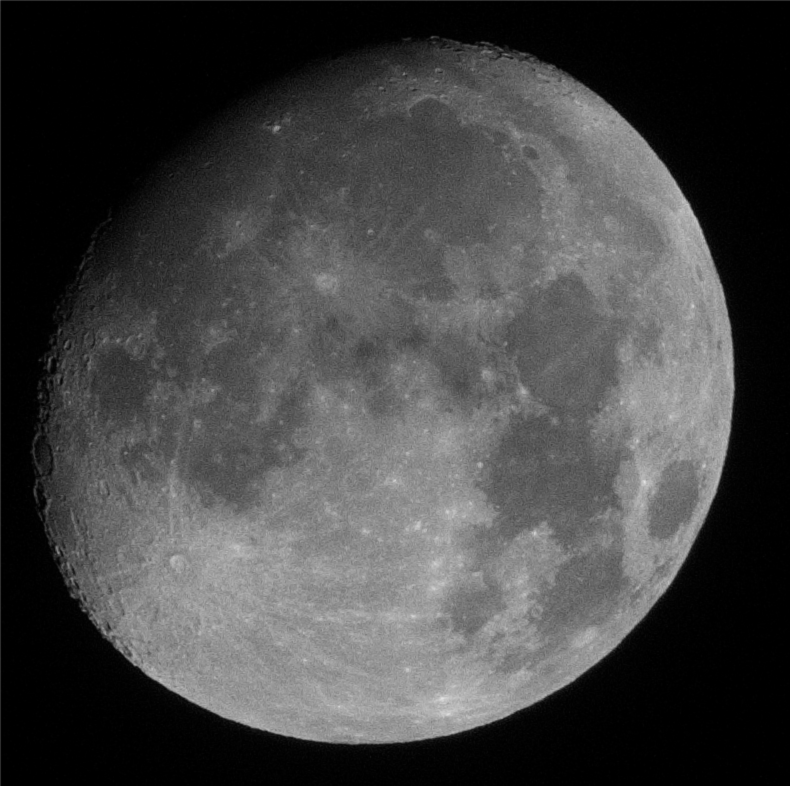Same Moon, New Map!
It is for the crater good of space exploration!
May 5, 2020
The moon never ceases to amaze people and scientists everywhere; it is there every night, yet its appearance changes. The moon goes through different phases, glows brighter on certain nights of the year, and even glows in different colors some nights. It truly is a fascinating thing to look at and study, and everyone is immensely grateful for its presence.
In fact, scientists are so grateful for this powerful tide controlling beauty that they have been mapping its surface. Looking at the moon without ample technology or telescopes only allows people to see the largest and most pronounced details of the moon’s surface. The technology and telescopes allow people to see every divot and crater on the moon’s surface, and the people that have access to it want those who do not to see those minute features.
After years and years of mapping, scientists have mapped the entirety of the moon’s surface! According to Earthsky.org, this map is called the “Unified Geologic Map of the Moon,” and it is a map that shows “shaded topography from NASA’s LOLA mission to the moon (LOLA stands for Lunar Orbiter Laser Altimeter).” The completed map was announced on April 20th of this year, and the public can see it for themselves using a number of resources they created to display it.
This mission was a significant part of this mapping process, but there were other resources used as well. The list is fairly long and can be seen using the first link at the bottom of the list. A map this detailed definitely requires plenty of resources to be successfully creative, but it also needs to be made with a purpose. Earthsky.org interviewed USGS workers who stated that the purposes of this map is to serve as ‘the definitive blueprint’ for lunar science and future human missions to the moon, and to be used by the international scientific community, educators and the public at large.” It is certainly exciting to think that this amazing creation could do so much and maybe even get people back to the moon! There are so many possibilities!
There are so many fantastic features on this map that are greatest when experienced first hand. There will be two ways to look at this cool creation linked below for people who might be interested in seeing this.
Maybe this little bit of science will inspire some students to research this topic further and to look into some of the amazing astronomical events occurring soon. In fact, the last Supermoon of 2020 will happen on May 7th. If anyone wants to learn more about this specific type of Supermoon, named the Flower Moon, they can click the article link below to read about it. Take some time to enjoy the night sky this week, and do not forget to always keep learning!
Links:
Earthsky.org-
Moon Map- https://thumbs-prod.si-cdn.com/JKDhXAbKOeVOEX9wgPsDgZ313cs=/800×600/filters:no_upscale()/https://public-media.si-cdn.com/filer/4d/75/4d75d268-fd92-4983-9ea7-eb426a070af9/geology_lola_hshd_465mpp.png
Moon Map Animation (the YouTube channel that made this has so many cool space videos to check out besides this one)-
Flower Moon Information-
https://www.cbsnews.com/news/supermoon-flower-moon-thursday-week/


